
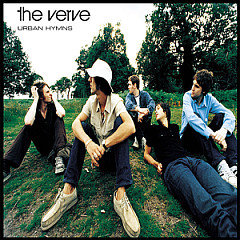
"Bittersweet Symphony" by The Verve samples an obscure orchestral arrangement of the 1965 Rolling Stones song "The Last Time." The Verve had to sign away most of the royalties before they could release the song.
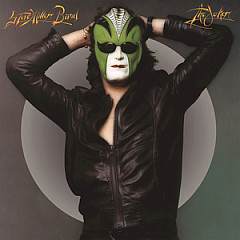
The "pompatus of love" from the Steve Miller song "The Joker" comes from a line in a '50s doo-wop song Miller misheard: "puppetutes of love."
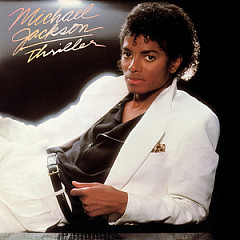
Eddie Van Halen played the guitar solo on "Beat It" as a favor to Quincy Jones, who produced the album.
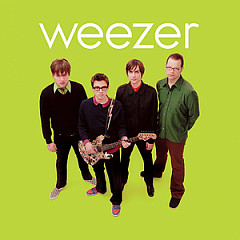
MTV wanted Weezer to record a version of their song "Hash Pipe" as "Half Pipe" to appeal to the skateboarding crowd. The band refused, and MTV listed the song as "H*** Pipe."
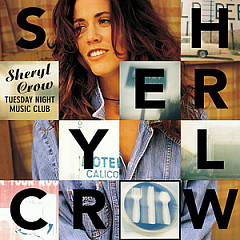
"All I Wanna Do" by Sheryl Crow started with the first line from an obscure poem called "Fun" that read, "All I wanna do is have some fun."
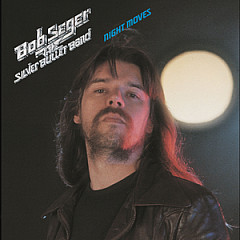
Bob Seger got inspired to write "Night Moves" after watching the movie American Graffiti, which showed young people growing up in his "neck of the woods."
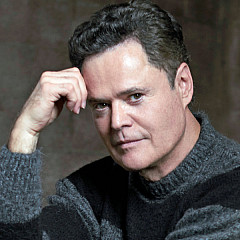
Donny Osmond talks about his biggest hits, his Vegas show, and the fan who taught him to take "Puppy Love" seriously.

The frontman for one of Canada's most well-known punk rock bands talks about his Eddie Vedder encounter, Billy Talent's new album, and the importance of rock and roll.

The co-writer/guitarist on many Alice Cooper hits, Dick was also Lou Reed's axeman on the Rock n' Roll Animal album.
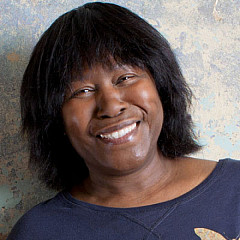
The revered singer-songwriter talks inspiration and explains why she put a mahout in "Drop the Pilot."

Roger reveals the songwriting formula Clive Davis told him, and if "Eight Miles High" is really about drugs.

The lead singer and pianist for Procol Harum, Gary talks about finding the musical ideas to match the words.